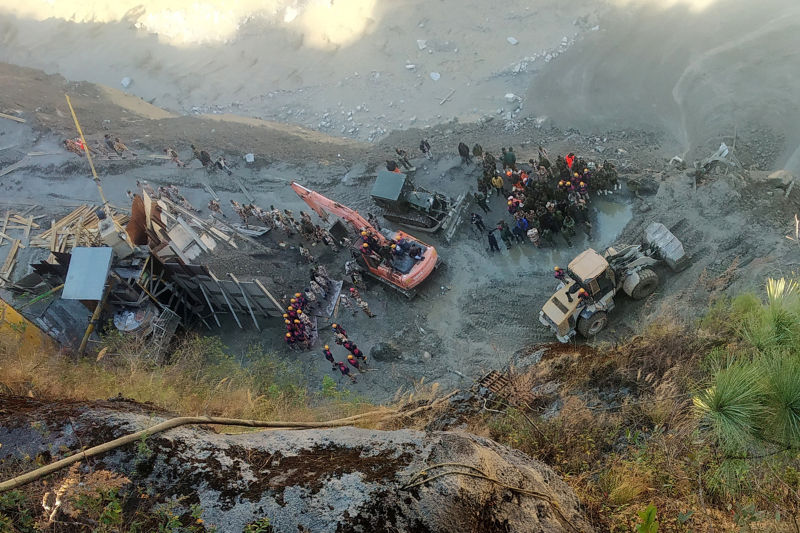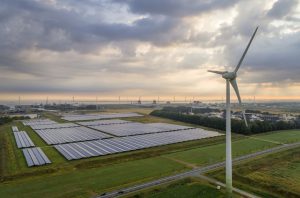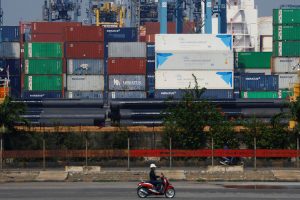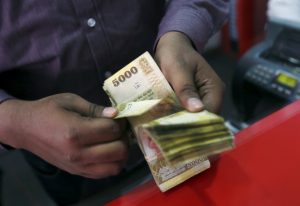Economic losses from Asia-Pacific natural disasters fell below $100 billion in 2021 for the first time in four years, according to a report by an insurer.
The study by Aon reveals a total of $343 billion in economic losses globally in 2021, $329 billion of which resulted from weather and climate-related events, making last year the third costliest year on record after adjusting for inflation.
While losses were up from 2020 globally, the number of notable disaster events slightly decreased, demonstrating the heightened costliness and severity of these events.
For Asia, after three consecutive years (2018-2020) of economic losses topping $100 billion, the toll dipped to $72 billion in 2021.
Insurance covered only 9% of the losses in Asia, compared with 38% of the losses covered globally. “Clearly there is both a protection and innovation gap when it comes to climate risk,” said Owen Belman, head of Asia at Aon.
“As catastrophic events increase in severity, the way that we assess and ultimately prepare for these risks cannot depend solely on historical data.”
At least 10,500 people lost their lives due to global natural catastrophe events in 2021 and 46% of those fatalities occurred in Asia.
Flooding throughout Asia was the primary driver of disaster-related fatalities during the year, further accentuated by the trend of urbanisation, leading to higher population density.
Record-Breaking Losses
Flash flooding in China’s Henan province in July led to an economic loss of $18.6 billion, and a record-breaking $1.9 billion in covered losses, the costliest weather-related event for the Chinese insurance industry.
Malaysia encountered its costliest and most extensive flood event on record in December, with total economic losses topping $2 billion.
Other notable events in 2021 included Super Typhoon Rai, the deadliest tropical cyclone of the year with 409 victims in the Philippines and one in Vietnam. Rai became the third-costliest typhoon on record in the Philippines.
The costliest tropical storm in Asia was Cyclone Yaas, with almost $3 billion in economic losses in India.
In Japan, the most damaging catastrophes were attributed to earthquakes, with combined economic losses of nearly $9 billion.
“We need to look to artificial intelligence and predictive models that are constantly learning and evolving to map the volatility of a changing climate and its interaction with a complex and ever-changing urban environment,” Belman said.
“With scalable solutions, organisations can make better decisions that make them more resilient as they continue to face interconnected and increasingly volatile risks.”
- George Russell
READ MORE:
Insurer AIA Launches $10bn Share Buyback on Robust 2021 Growth
Regulators Moving to Curb China’s Pension Insurers – Caixin
Hong Kong’s BEA Sells Non-Life Insurance Assets to AIA Unit
























